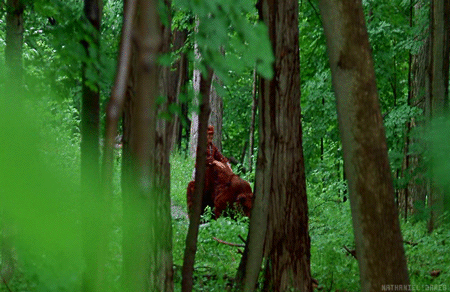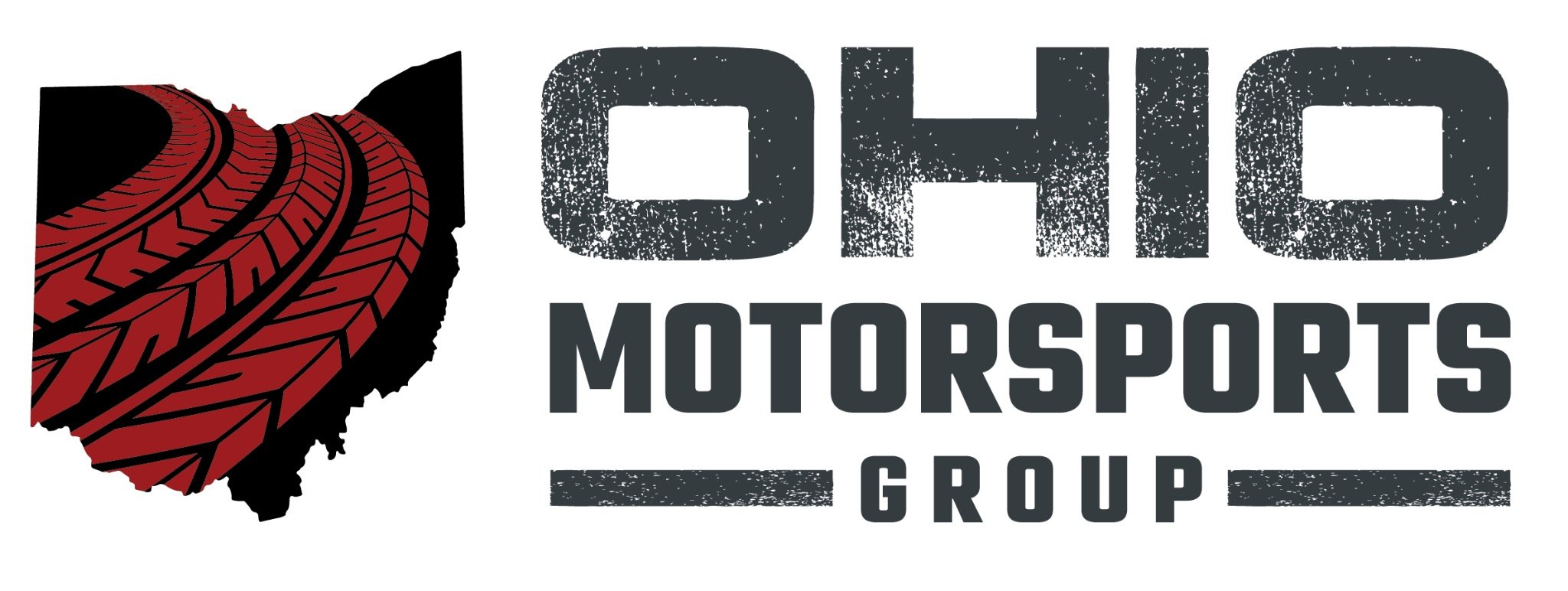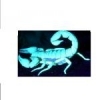-
Posts
1,839 -
Joined
-
Last visited
Content Type
Profiles
Forums
Gallery
Store
Events
Posts posted by wht_scorpion
-
-
-
Happy Birthday Gump snap in to a slim jim big foot like them.
-
Its nice camping there I use to hunt their for deer when I live in Watkins glen
-
I wish I had a recorded of my bobcat when he was here. Thats the sound the make to call a mate in for bobcat sex.
my lynx sounds the same way when she come in heat. But she just came out of heat. She was trying to call in a mate but their is no wild lynx here.
here found this
Several sites indicate that bobcats scream when threatened. http://chicagowildernessmag.org/issues/summer2003/news/bobcat.html mentions the high-pitched scream of a lovesick bobcat.
http://www.dupageforest.com/KIDS/bobcat.html states that bobcats snarl, howl, scream and wail, while http://www.cryptozoology.com/forum/topic_view_thread.php?tid=22&pid=134595 implies that bobcats scream like a woman. http://animal.discovery.com/fansites/jeffcorwin/carnival/feline/bobcat.html states that the bobcat has a piercing scream and utters a short, sudden and resonant ‘cough-bark' when threatened. It yowls louder and most often during breeding season. http://www.enature.com/fieldguide/showSpeciesSH.asp?curGroupID=5&shapeID=1027&cu... notes that the various calls of the Bobcat sound much like those of the domestic cat, although its scream is piercing. When threatened, it animal utters a short, sudden, and resonant "cough-bark." It yowls loudest and most often during the breeding season. http://timberwolfinformation.org/info/archieve/newspapers/viewnews.cfm?ID=414 compares a bobcat's scream to a really loud housecat.
http://www.partnersinrhyme.com/soundfx/animals/BigCats.shtml has three bobcat sounds, as well as various other animal sounds. I must admit that none of the bobcat sounds resembled a woman's screa
-
Sound like a bobcat. If it is dont worry about it. just look for tracks in mud near pond or puddles.
-
Animal Rights people get this passed. They are going to target guns nexted to change Ohio with all the shooting in school they are start to watch things like that to change the laws.
-

LOL funny shizt
-
There are a lot of baby animals out right now could be any thing or it could be bo bo from big foot hunters. I would have to hear it tell you one thing its not a big cat they chirp like bird mountain loin, cougars, Florida panthers, Some female bobcats when they come in heat they sound like the sound you heard or to call young back to them.
-
USDA is going to give farms problems on livestock if it pass they are going to be so hard on them. If he has pheasants all he has to do is get a fish and wild life permit $25.00 permit because they are native to Ohio. Any native animal is covered under fish and wild life. Unless hes USDA for breeding.
-
If that law passes 2 thing will happen in ohio mass killing of animals or mass release of animals they need to crack down on abuse and mass collection of exotic animals
Thanks guys if you every need my help Im there
-
LOL to what the guy above me said
-
Congrats Is it fuel injected
-
This bill also has several other serious flaws.
Several of these exemptions are not really exemptions at all. Those who only possess the listed monkeys would be forced to give up their monkeys because they are required to have a USDA breeder or dealer license, which are not issued for pets. Wildlife sanctuaries would not be exempt because they are required to be accredited by the Global Federation of Animal Sanctuaries, an organization heavily controlled by the Humane Society of the United States (the group responsible for this legislation in the first place). Even the sports mascot exemption that was written for Obie is not a real exemption because it requires the facility that houses him to be AZA or ZAA accredited.
There are also concerns about the types of entities that are exempted. This ban exempts AZA and Zoological Association of America accredited facilities, which are both private non-government corporations and have no power to enforce their standards on their members. Only the USDA has enforcement power to ensure that facilities meet their standards. The bill also exempts sports mascots for schools, but not USDA licensed exhibitors that use these animals in educational programs. Education is crucial to preserving some species of exotic animals, and without public awareness some of these species may become extinct.
In addition, the bill language is conflicting for so-called “restricted primates”, making it difficult for owners to comply. The bill goes from calling them “dangerous wild animals in C (20)” to “animals in (20)”, making it difficult to understand the requirements for restricted primates.
Only those who are breeding for a species survival plan (SSP) are allowed to obtain the Wildlife Propagator License. Since the SSP is a registered trademark of the AZA, this means that only AZA certified related facilities may obtain this permit since AZA accredited facilities are already exempt.
Some of the species listed were not recommended by the work group and should be removed. Small cats, such as servals, caracals, lynx, and domestic hybrids, are included in this ban. Domestic cat hybrids are considered domestic animals by the USDA and should be exempt. This bill also includes the Iberian lynx, which does not even exist in this country at all. Small cats like servals, caracals, and lynx should not be included with large cats like tigers. These cats are flight cats by nature and naturally run away from people.
There are also some very dangerous requirements in this bill. Owners are required to microchip dangerous wild animals at the time of registration, giving them only 60 days from the date this goes into effect to comply. Health issues have been known to occur in exotic animals from microchips, and inserting a microchip requires anesthesia, which is dangerous for exotics. The anesthesia risk is also a concern for the requirement to neuter all male dangerous wild animals with no exceptions for older males or those with medical problems. In addition, the requirement to place signs every 10 feet along the property line even for restricted snakes would draw attention from animal rights groups and members of the public to them, putting both the animals and the public at risk.
-
There is no scientific evidence to prove that non human primates are a
public health or disease threat. According to the CDC, there has never
been a case of disease transmission from a pet nonhuman primate to a human
in the US. Diseases have been found in Nonhuman primates held in research
labs where the animals were imported from other countries but the
importation of nonhuman primates into the US for pets has been banned
since 1975. All nonhuman primates bred for pets come from breeders within
the US who have breeding animals that are not infected by the diseases
associated with health threats to the public Pet exotics are no longer
taken from the wild.
It is no secret that the HSUS has a goal to eliminate all captive
wildlife. Since the horrendous big cat massacre that occurred in
Zanesville, Ohio, last October, the HSUS has used this tragedy as an
excuse to send their lobbyists to every state legislature in session, to
shop their ban bills for sponsors and introduction This is a kneejerk
reaction to Zanesville, Ohio and what went on there.
-
We are very concerned about the bill being introduced in Ohio applying to
the ownership of exotic pets.
This bill will create an illegal monopoly in the state by limiting the
accreditation requirement to only one accrediting agency, the Global
Federation of Animal Sanctuaries, which is not a government agency but a
private non-profit organization. There are other accrediting organizations
available such as the United States Zoological Association (USZA),
UAPPEAL, and the Zoological Association of America (ZAA) who all have
accrediting programs that are equal to or better than the GFAS
accreditation. To limit the acceptance of only one accrediting agency
creates an illegal monopoly. These other accrediting agencies should be
accepted as alternatives to the GFAS for the mandatory accreditation of
these facilities.
The requirement for placing signs on the borders of our facilities may
draw attention from animal activists and put the owners and their animals
in danger. There have been incidents of vandalism from animal activists
and others. Once they are aware of the location of these animals and
placing the signs would encourage vandals. . Placing the signs so public
can see them will draw thrill seekers and children to the locations of
these animals that have been legally and safely kept in privacy for many
years. Owners would be spending unnecessary money for more security to
keep people out. There is no purpose for the requirement for the placing
of signs.
-
Thanks
One day I can help you guys out
-
Thank guys we have a meet with a senator on the 24th hoping every thing gos pretty good Ive been involved with animals all my life with farm animals to snakes and big cat. education is the key to have this kinds of animals. Please sign the petition
-
As Introduced
129th General AssemblyRegular Session2011-2012S. B. No. 310
Senator Balderson
Cosponsor: Senator Jones
A BILL
To amend section 1533.71, to enact sections 935.01 to 935.26 and 935.99, and to repeal section 2927.21 of the Revised Code to establish requirements governing the possession of dangerous wild animals and restricted snakes.BE IT ENACTED BY THE GENERAL ASSEMBLY OF THE STATE OF OHIO:
Section 1.That section 1533.71 be amended and sections 935.01, 935.02, 935.03, 935.04, 935.05, 935.06, 935.07, 935.08, 935.09, 935.10, 935.11, 935.12, 935.13, 935.14, 935.15, 935.16, 935.17, 935.18, 935.19, 935.20, 935.21, 935.22, 935.23, 935.24, 935.25, 935.26, and 935.99 of the Revised Code be enacted to read as follows:Sec. 935.01.As used in this chapter:(A) "Board of health" means the board of health of a city or general health district or the authority having the duties of a board of health in any city authorized by section 3709.05 of the Revised Code.(B) "Circus" means a traveling show to which all of the following apply:(1) It is licensed by the United States department of agriculture under 84 Stat. 1560 (1970), 7 U.S.C. 2133 et seq.(2) It features natural or artificial curiosities and dangerous wild animals, restricted snakes, or both as an integral part of the show.(3) It does not allow physical contact between the public and the dangerous wild animals or restricted snakes possessed by it.(4) It is in the state for less than forty-five days each year.© "Dangerous wild animal" means any of the following, including hybrids unless otherwise specified:(1) Hyenas;(2) Gray wolves, excluding hybrids;(3) Lions;(4) Tigers;(5) Jaguars;(6) Leopards, including clouded leopards, Sunda clouded leopards, and snow leopards;(7) All of the following, including hybrids with domestic cats:(a) Cheetahs;(b) Lynxes, including Canadian lynxes, Eurasian lynxes, and Iberian lynxes;© Cougars, also known as pumas or mountain lions;(d) Caracals;(e) Servals.(8) Bears;(9) Elephants;(10) Rhinoceroses;(11) Hippopotamuses;(12) Cape buffaloes;(13) African wild dogs;(14) Komodo dragons;(15) Alligators;(16) Crocodiles;(17) Caimans, excluding dwarf caimans;(18) Gharials;(19) Nonhuman primates other than the nonhuman primates specified in division ©(20) of this section;(20) All of the following nonhuman primates:(a) Golden lion, black-faced lion, golden-rumped lion, cotton-top, emperor, saddlebacked, black-mantled, and Geoffroy's tamarins;(b) Pygmy, white-tufted-ear, silvery, and black-pencilled marmosets;© Squirrel monkeys, including Central American squirrel monkeys;(d) Southern and northern night monkeys;(e) Dusky titi and masked titi monkeys;(f) Muriquis;(g) Goeldi's monkeys;(h) Brown, white-faced, weeping, and white-fronted capuchins;(i) White-faced, black-bearded, white-nose bearded, and monk sakis;(j) Bald and black uakaris;(k) Black-handed, white-bellied, brown-headed, and black spider monkeys;(l) Common woolly monkeys;(m) Red, black, and mantled howler monkeys.(21) Any other animals designated by the director of agriculture in rules.(D) "Federal animal welfare act" has the same meaning as in section 959.131 of the Revised Code.(E) "Felony drug abuse offense" has the same meaning as in section 2925.01 of the Revised Code.(F) "Health district" means a city or general health district created by or under the authority of Chapter 3709. of the Revised Code.(G) "Humane society" means an organization that is organized under section 1717.05 of the Revised Code.(H) "Law enforcement officer" means a sheriff, deputy sheriff, constable, police officer of a township or joint police district, marshal, deputy marshal, municipal police officer, or state highway patrol trooper.(I) "Natural resources law enforcement officers" means peace officers as specified in division (A)(6) of section 109.71 of the Revised Code and employees of the division of wildlife specified in sections 1531.13 and 1531.14 of the Revised Code.(J) "Offense of violence" has the same meaning as in section 2901.01 of the Revised Code.(K) "Restricted snake" means any of the following:(1) All of the following constricting snakes:(a) Green anacondas;(b) Yellow anacondas;© Reticulated pythons;(d) Indian pythons;(e) Burmese pythons;(f) North African rock pythons;(g) South African rock pythons;(h) Amethystine pythons;(i) Boa constrictors.(2) Species of the following families:(a) Atractaspididae;(b) Elapidae;© Viperidae.(3) Boomslang snakes;(4) Twig snakes;(5) Any other snakes designated by the director in rules.(L) "Rule" means a rule adopted under section 935.17 of the Revised Code. -
Its in the link
Do not let Ohio take your rights and your animals! This letter goes to the 2nd half of the committee. It is important that wqe send both so that all committee members receive our opposition to SB 310! Part 2 - SEND YOUR OPPOSITION TO THE OHIO BAN TODAY!
Don't let Ohio take your rights and your animals!
Senator Balderson, under the strict guidance of Governor Kasich, has introduced SB 310 in Ohio to ban so called “dangerous wild animals” and create strict rules for “restricted snakes”. They claim to allow those that currently own dangerous wild animals to keep them and do not want to affect businesses and exhibitors, but a closer look reveals that is not true.
Governor Kasich admitted in a press release that he intentionally made the requirements so strict that the average “casual owner” could not meet them. Legislators have been informed that it would be illegal to take people’s animals away, so they found a way to make owners give up their animals on their own.
The bill creates a propagator license for breeders, but it only allows breeding for a species survival plan (SSP), a registered trademark of the AZA. There is also no exemption for exhibiting other than circuses in the state less than 45 days that do not allow public contact (including elephant rides) or AZA or ZAA accredited facilities.
The bill also gives a lot of power to both private non-profit (AZA and ZAA) and animal rights controlled (GFAS) organizations. They exempt GFAS sanctuaries and AZA and ZAA facilities, require the school mascot to be kept at an AZA or ZAA facility, allow the AZA and ZAA their own spots on the advisory board, and require owners to loose their animals to send them to a GFAS sanctuary or AZA or ZAA facility.
Senator Balderson has repeatedly acknowledged in press releases that there are many responsible owners in Ohio and yet claims that this bill is fair. We need to join together to inform Ohio senators that this bill is far from fair!
-
COULD YOU GUYS HELP ME WITH THIS PETITION ABOUT THE ANIMAL BAN PLEASE
CLICK THE LINK
-
Happy Birthday
-
Stars are for the special kids sliver or gold
-
Congrats on the new phone.I just bought a android and it teaches me self control dam key broad shadow the letter an it clicks it.
-
Dam the FBI watching this site I really enjoyed it Casper just keep your new friends at the dragon away from me. LOL



Ohio Riders Invades Deals Gap -- June 7-10, 2012
in Events
Posted · Edited by wht_scorpion
Here some maps of the dragons tail
www.tailofthedragonmaps.com/
If anyone needs tire their
here a site
http://www.wheelersperformance.com/